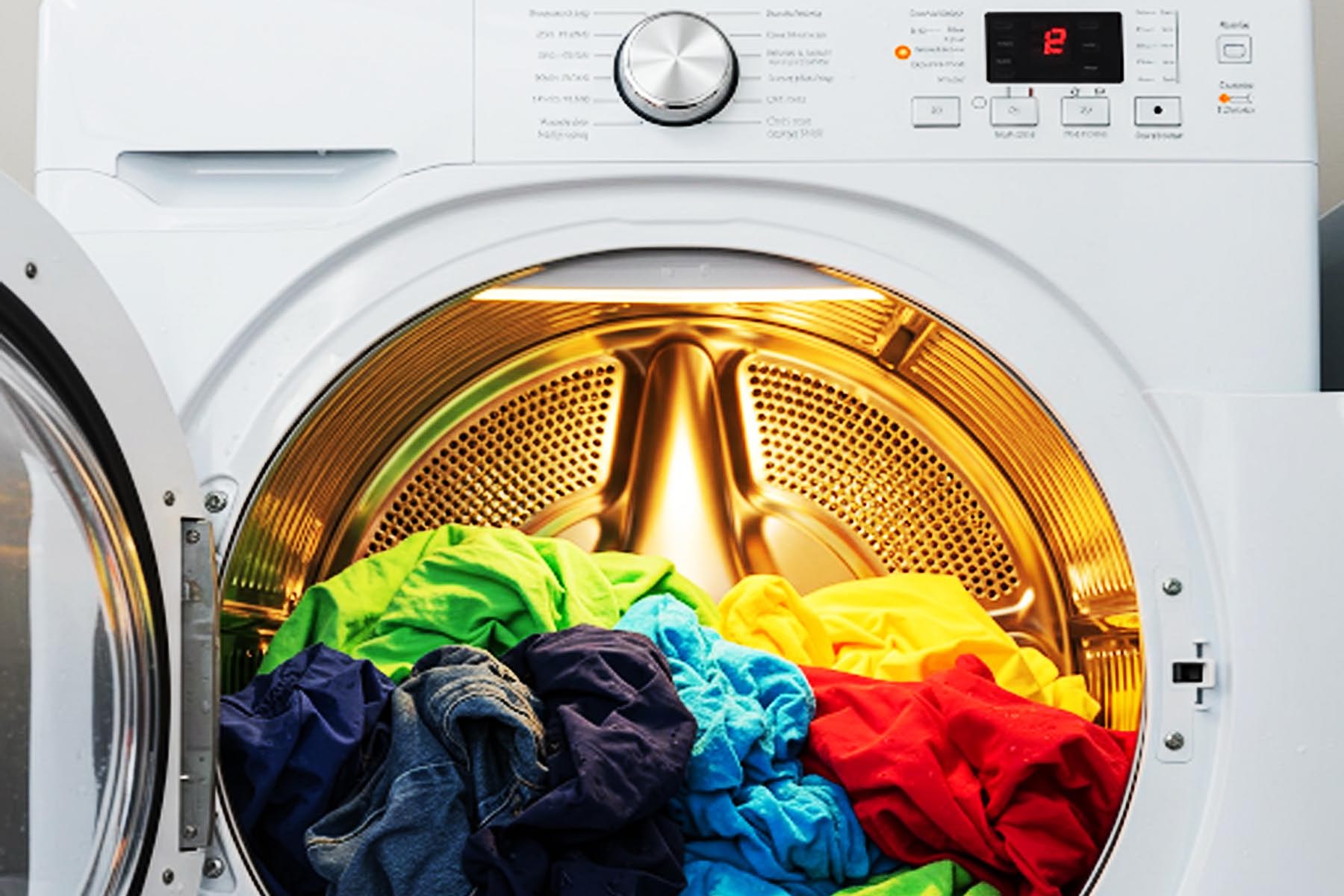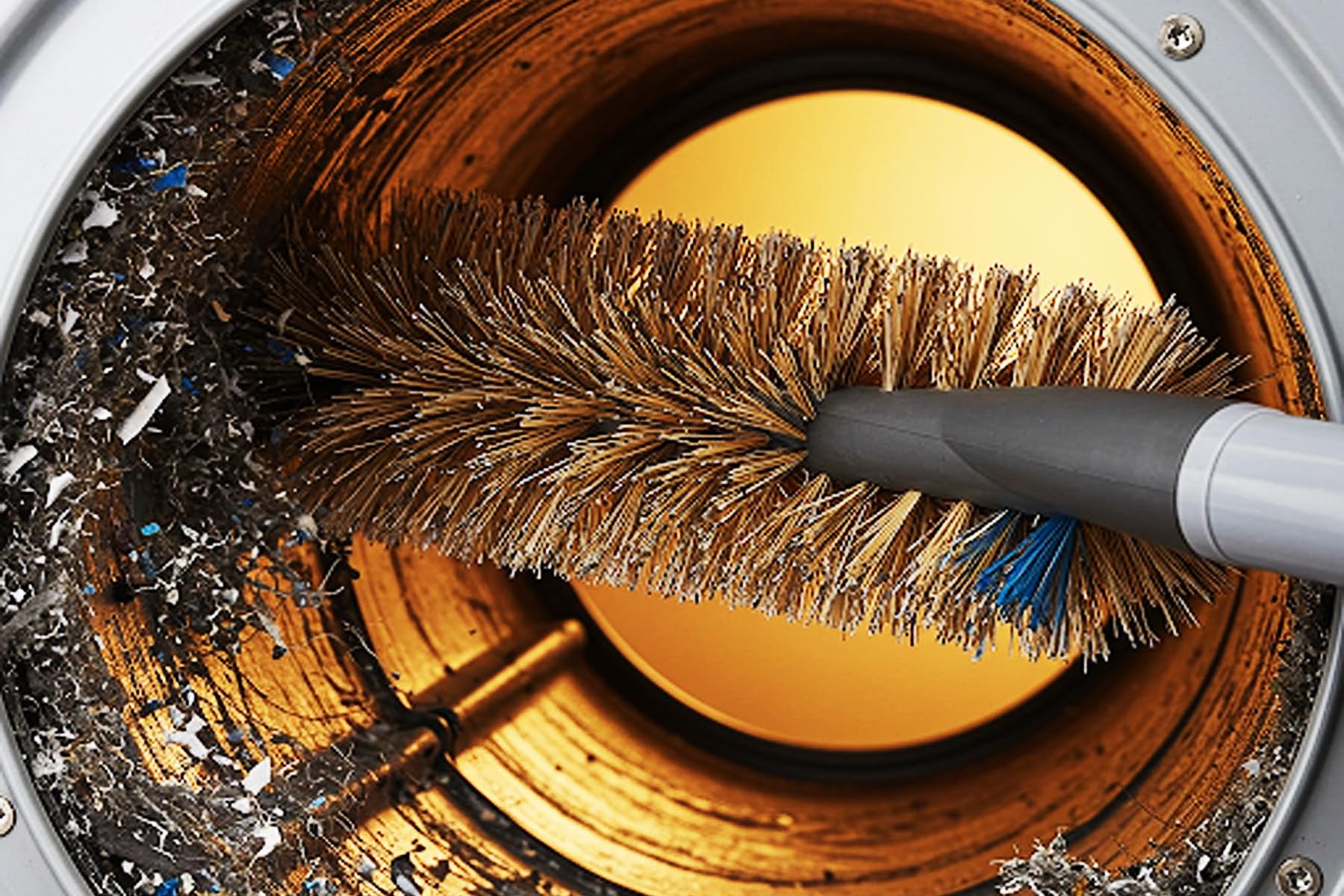
In Austin, efficiency is key—especially when it comes to appliances that keep your home running smoothly. While we often take our clothes dryers for granted, many Austin residents overlook one of the most critical maintenance tasks: cleaning dryer vents and using dryer brushes effectively. This neglected upkeep can lead to higher energy bills, dryer malfunctions, and even serious fire hazards.
The Forgotten Problem: Clogged Dryer Vents and Why It’s Costly
Did you know that nearly 34% of dryer-related fires are caused by poor maintenance of the dryer vent system? That’s a stark statistic from the U.S. Fire Administration, but it’s one that can be easily avoided with regular cleaning and care. Many apartment dwellers, especially in Austin’s dense urban areas, have dryer vents that run through long, complex duct systems—making them particularly prone to blockages.
Apartment and condo living can present unique challenges when it comes to dryer vent maintenance. In buildings with shared vents or long duct runs, lint accumulation can happen quickly. The longer the vent, the greater the risk of reduced airflow and overheating. This could lead to longer drying times, increased wear on the machine, and higher utility costs—up to 30% more in energy bills if your dryer isn’t working efficiently.
Step-by-Step Guide: How to Use a Dryer Brush to Maintain Your Appliance
Maintaining your dryer isn’t just about cleaning out the lint trap after every load. Proper vent cleaning using a dryer brush can save you money and prevent potential hazards. Here’s a comprehensive guide to get you started:
Step 1: Turn Off the Dryer and Unplug It Before you begin, always unplug your dryer. For gas dryers, it’s important to also shut off the gas supply before performing any maintenance. Safety first!
Step 2: Clear the Vent Cover If your vent cover has a flap, gently remove it. Use a vacuum cleaner with a hose attachment to suck up any visible debris, but remember—this is just the first step. Lint tends to build up deep inside the duct system, requiring a more thorough cleaning.
Step 3: Insert the Dryer Brush Here’s where the magic happens. Attach a flexible dryer brush to an extension rod or handle. Insert the brush into the vent and push it through carefully. Move it back and forth as you go, allowing the brush’s bristles to catch and remove lint buildup. Approximately 35% of all vent blockages occur in the long, flexible ducts commonly found in apartment buildings.
Step 4: Clean the Exterior Vent After cleaning the ductwork, remove the exterior vent cover. Dust and debris often collect here too, which can reduce airflow. Use the brush or vacuum to ensure this area is fully clear.
Step 5: Test the Dryer Once the vents are clear, plug your dryer back in and test it. A properly cleaned vent should result in shorter drying times, better energy efficiency, and fewer chances for a malfunction.

Brand-Specific Facts: Common Dryer Issues in Popular Models
Whirlpool Dryers: Known for their durability, Whirlpool dryers are a top choice in Austin homes. However, they tend to suffer from poor airflow if the vents aren’t cleaned regularly, especially in the model’s “Energy Star” variants, which rely on efficient airflow to maintain low energy consumption.
Maytag Dryers: This brand is often lauded for its powerful drying capabilities. Still, even Maytag dryers can overheat when vents are clogged, leading to potential breakdowns after just 5 years—well before they should need repairs.
Samsung Dryers: Samsung’s sleek and feature-packed dryers are popular in apartments, but their complex venting systems can become clogged much faster than older models. These dryers feature heat pump technology, which relies on efficient airflow, and even a small blockage can lead to longer drying cycles, wasted energy, and eventually overheating.
LG Dryers: LG dryers come with a sensor dry system designed to detect moisture levels, adjusting drying cycles accordingly. However, if the vent is clogged, the sensors can become inaccurate, leading to extended cycles and potentially leaving clothes damp or wrinkled. Regular cleaning can mitigate these risks.
Professional Help: Why AA Appliance Repair Is Austin’s #1 Choice
While regular vent cleaning can often be done by homeowners, the complexity of modern dryer systems makes professional maintenance invaluable. AA Appliance Repair is Austin’s trusted partner in dryer repair and maintenance, ensuring your appliance runs at peak performance.
With over 200 five-star reviews on Thumbtack, AA Appliance Repair specializes in servicing top dryer brands like Whirlpool, Maytag, Samsung, and LG. Our expert technicians understand the quirks of each model and can provide comprehensive vent cleaning to extend the life of your appliance and prevent costly repairs. We offer professional services throughout the greater Austin area, including Leander, Pflugerville, Cedar Park, and Round Rock.
Dryer Maintenance Is a Must for Austin Residents
For busy Austinites, dryer maintenance may not always be top of mind—but it’s essential for keeping your dryer working efficiently and safely. Regularly using a dryer brush and having your vents professionally cleaned can reduce your energy bills, prevent fires, and extend the life of your dryer.
Don’t let something as simple as a clogged vent bring down your dryer’s performance or safety.
For top-pro service recognized on Thumbtack, trust AA Appliance Repair for the latest trends and premier appliance repair services in the Austin Metropolitan Area. Schedule an appointment with AA Appliance Repair at 512 316 5177 or leave a message on our website. Experience added benefits with our Loyalty Discount Program and Proactive Maintenance Plans for Long-Term Performance.
Service Coverage: Georgetown, Cedar Park, Round Rock, Pflugerville, Hutto, Leander, Liberty Hill, and Austin.
Extended Service Areas: Bee Cave, Lago Vista, Lakeway, Jonestown, Kyle, Buda, Dripping Springs, Lockhart, and San Marcos.

